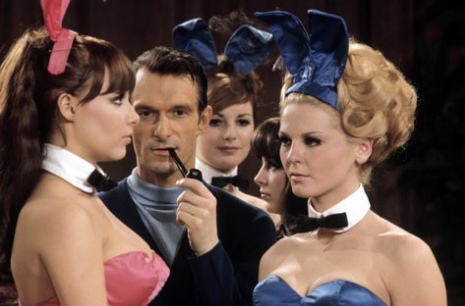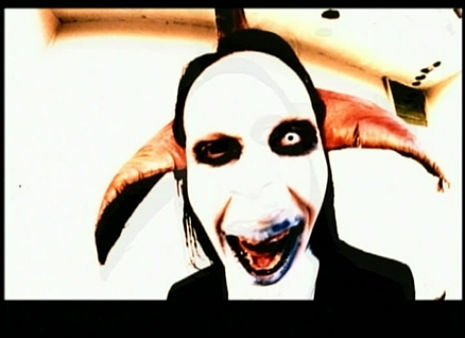
Mudhoney. Photo by Bob Whittaker from Everybody Loves Our Town
Rock And Roll Always Forgets. Chuck Eddy.
 Back in the Seventies, before I moved to New York City, my link to Gotham’s punk scene was the music section of the Village Voice. I pored over the club ads to see who was playing at CBGB’s, Max’s, Club 82 and the half dozen other joints where a new movement was percolating. Seeing the names of bands like The Cramps, Ramones, Talking Heads and Blondie in big block letters and reading reviews by Robert Christgau and Lester Bangs were transmissions to my rock and roll heart. The Voice was, at one time, a great place to go for music writing, particularly regarding underground and genre-busting bands. It was seeing CBGB’s ads every week that compelled me in 1977 to pack my band up in a van and drive 2000 miles to play the Monday audition night at the infamous Bowery dive, the Mecca of rock and roll misfits.
Back in the Seventies, before I moved to New York City, my link to Gotham’s punk scene was the music section of the Village Voice. I pored over the club ads to see who was playing at CBGB’s, Max’s, Club 82 and the half dozen other joints where a new movement was percolating. Seeing the names of bands like The Cramps, Ramones, Talking Heads and Blondie in big block letters and reading reviews by Robert Christgau and Lester Bangs were transmissions to my rock and roll heart. The Voice was, at one time, a great place to go for music writing, particularly regarding underground and genre-busting bands. It was seeing CBGB’s ads every week that compelled me in 1977 to pack my band up in a van and drive 2000 miles to play the Monday audition night at the infamous Bowery dive, the Mecca of rock and roll misfits.
Chuck Eddy didn’t arrive at the Village Voice until the 80s, but he maintained the Voice’s tradition of covering many bands that were off the mainstream map, but he also went against the grain and covered massively popular groups in genres that the Voice often shunned. Eddy was good to go when it came to heavy metal, hip hop, disco and bubble gum pop like Debbie Gibson and the Bay City Rollers. While some of Eddy’s subjects may have lacked danger, his writing was always edgy and opinions fiercely independent. Eddy took risks. And unlike the academic and overly serious Christgau, he was fun to read. And he still is.
Rock And Roll Always Forgets is a collection of Eddy’s reviews and essays published by Duke University Press and it’s a mother-lode of vibrant writing that captures the passionate energy of having a long-term love affair with America’s most unruly and pervasive art forms. If rock and roll is a woman, Chuck Eddy is her fuck buddy.
Flying Saucers Rock ‘N’ Roll. Jake Austen, editor.
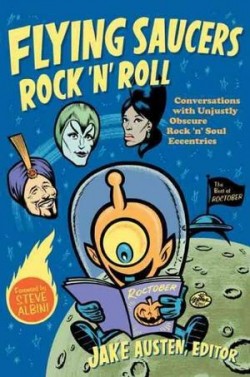 There’s probably a book to be written about the link between Mad Magazine and punk rock and if anyone could write it it would be Jake Austen. A pop culture junkie, with a jones for weird and off-beat stuff, Austen is an archaeologist of the sublime and the silly, the divine and the demented, from the phosphene glow of teen dance shows and American Idol to the hidden and musty corners of rock and roll’s bargain basement. For 20 years, he’s been editing one of the few genuinely essential ‘zines, Roctober, and Austen knows his shit when it comes to rock and roll’s wayward history.
There’s probably a book to be written about the link between Mad Magazine and punk rock and if anyone could write it it would be Jake Austen. A pop culture junkie, with a jones for weird and off-beat stuff, Austen is an archaeologist of the sublime and the silly, the divine and the demented, from the phosphene glow of teen dance shows and American Idol to the hidden and musty corners of rock and roll’s bargain basement. For 20 years, he’s been editing one of the few genuinely essential ‘zines, Roctober, and Austen knows his shit when it comes to rock and roll’s wayward history.
Flying Saucers Rock ‘N’ Roll contains ten fascinating, bittersweet and often very funny interviews with “unjustly obscure rock ‘n’ soul eccentrics” that will delight fans of Nick Tosches’ Unsung Heroes Of Rock And Roll. Both books share a love for the slow-to-die dreams of a handful of hardcore survivors of one of the most unforgiving industries in the modern world, the music industry.
If you never heard of The Fast, Guy Chookoorian, Sugar Pie DeSanto and Zolar X, or if you have and are wondering what happened to them, Austen, along with his intrepid co-writers, will take you to a place where the music still matters and fame is as elusive as a dildo in a nunnery.
Some of the artists interviewed in Flying Saucers Rock ‘N’ Roll only have themselves to blame for the fuck-upped decisions or lifestyle choices they made, while others played by the rules and ended up in the same netherworld that separates struggle and success. But no matter what path these folks took, they walked the walk and never looked back.
Everybody Loves Our Town. Mark Yarm.
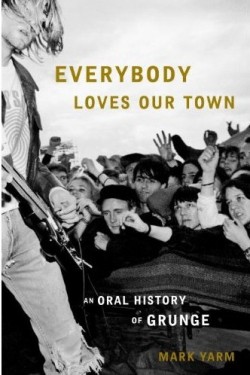 Mark Yarm’s oral history of grunge, Everybody Loves Our Town, is a big (567 pages), messy, mesmerizing and vital blast of rock and roll energy, much like the music it chronicles.
Mark Yarm’s oral history of grunge, Everybody Loves Our Town, is a big (567 pages), messy, mesmerizing and vital blast of rock and roll energy, much like the music it chronicles.
I’ve never been a fan of the Pacific Northwest music scene of the 1990s. Lord knows I’ve tried. Most of my friends whose musical tastes I trust were knocked out by Nirvana’s Nevermind when it was released in September of 1991. I didn’t get it. The same held true for Pearl Jam, Soundgarden and the rest. It all sounded like sludge rock for stoners to me. Maybe I would have dug it if I smoked dope. Whatever the case, I was totally in the minority, but I’ve always felt that it’s my problem. Not the bands’.
By the time grunge fashions were appearing in display windows at Macy’s, the scene was teetering on the brink of just becoming another passing rock trend. When Kurt Cobain blew his brains out in 1994, “grunge” staggered and fell face first into a pile of decaying flannel and empty glassine bags of heroin. The myth and hype were blasted into oblivion along with Kurt’s head. But, the music survived.
Yarm’s book made me want to seek out the music of some of the bands that never ascended to the heights of Stone Temple Pilots or Alice In Chains. Bands like the U-Men and The Screaming Trees and to re-visit Skin Yard, Mudhoney and Dead Moon. And I just pre-ordered the upcoming Nirvana boxset. Knowing more about these bands, in all their screwed-up glory, made a cynic like me reconsider their roles as fearless rock and roll rebels.
Everybody Loves Our Town captures a moment in time when a bunch of kids living in desolate rural areas and soul-deadening suburbs of Oregon and Washington turned to music for liberation. It’s the same old story going back decades, but it’s a story that I could particularly relate to. I grew up in the South when the only way out for a smart creative teenager was the military, running away, drugs or rock and roll. I took the latter three options.
The “grunge” movement was, in its infancy, comprised of a few dozen outsiders who lived, played, got stoned, fought and often fell in love with each other. It was an incestuous scene with booze, THC and heroin providing both inspiration and destruction. That for a few years, this collection of longhaired slackers and punks managed to re-animate a dying music industry is almost as heroic as it was unexpected. Mark Yarm’s deeply immersive book lets the front lines of this rock revolution speak for themselves and it is never less than enthralling. I can’t imagine a better book to turn your head around if you didn’t “get’ grunge. It did mine.
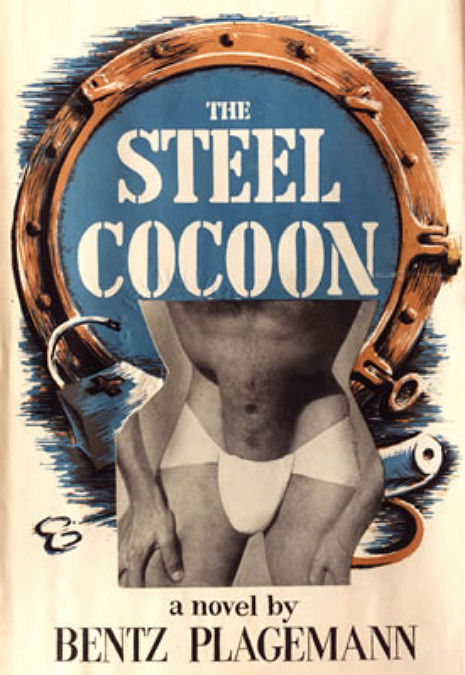
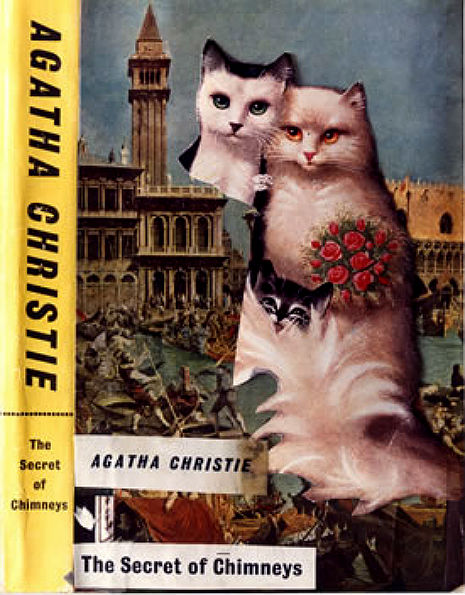

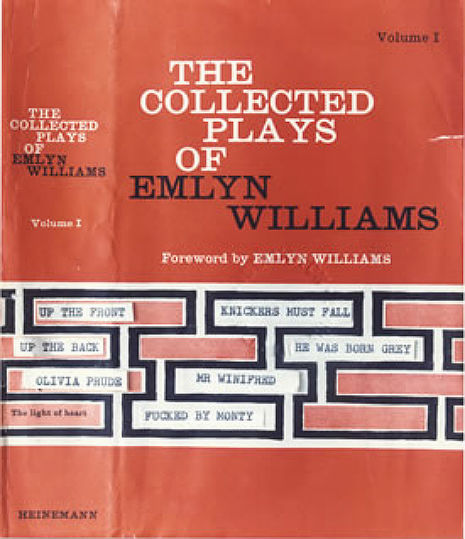






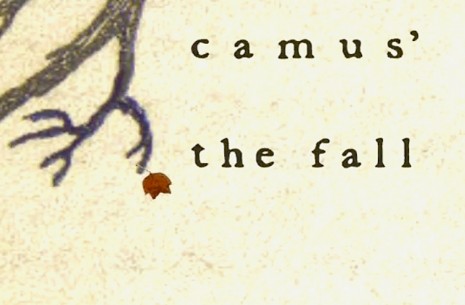
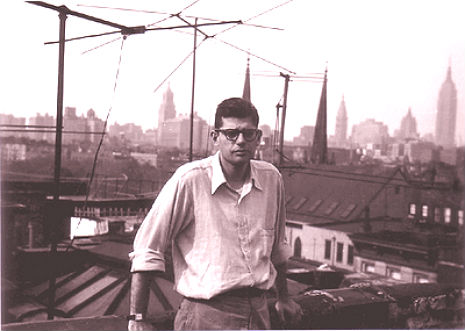

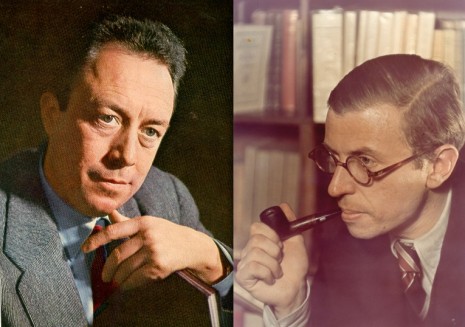
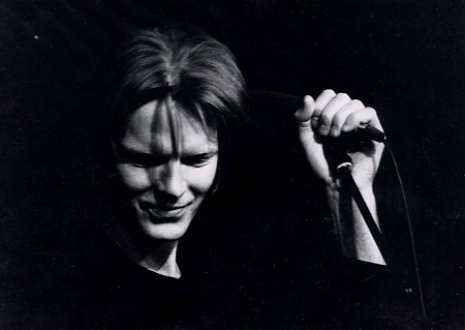

 Back in the Seventies, before I moved to New York City, my link to Gotham’s punk scene was the music section of the Village Voice. I pored over the club ads to see who was playing at CBGB’s, Max’s, Club 82 and the half dozen other joints where a new movement was percolating. Seeing the names of bands like The Cramps, Ramones, Talking Heads and Blondie in big block letters and reading reviews by Robert Christgau and Lester Bangs were transmissions to my rock and roll heart. The Voice was, at one time, a great place to go for music writing, particularly regarding underground and genre-busting bands. It was seeing CBGB’s ads every week that compelled me in 1977 to pack my band up in a van and drive 2000 miles to play the Monday audition night at the infamous Bowery dive, the Mecca of rock and roll misfits.
Back in the Seventies, before I moved to New York City, my link to Gotham’s punk scene was the music section of the Village Voice. I pored over the club ads to see who was playing at CBGB’s, Max’s, Club 82 and the half dozen other joints where a new movement was percolating. Seeing the names of bands like The Cramps, Ramones, Talking Heads and Blondie in big block letters and reading reviews by Robert Christgau and Lester Bangs were transmissions to my rock and roll heart. The Voice was, at one time, a great place to go for music writing, particularly regarding underground and genre-busting bands. It was seeing CBGB’s ads every week that compelled me in 1977 to pack my band up in a van and drive 2000 miles to play the Monday audition night at the infamous Bowery dive, the Mecca of rock and roll misfits. There’s probably a book to be written about the link between Mad Magazine and punk rock and if anyone could write it it would be Jake Austen. A pop culture junkie, with a jones for weird and off-beat stuff, Austen is an archaeologist of the sublime and the silly, the divine and the demented, from the phosphene glow of teen dance shows and American Idol to the hidden and musty corners of rock and roll’s bargain basement. For 20 years, he’s been editing one of the few genuinely essential ‘zines, Roctober, and Austen knows his shit when it comes to rock and roll’s wayward history.
There’s probably a book to be written about the link between Mad Magazine and punk rock and if anyone could write it it would be Jake Austen. A pop culture junkie, with a jones for weird and off-beat stuff, Austen is an archaeologist of the sublime and the silly, the divine and the demented, from the phosphene glow of teen dance shows and American Idol to the hidden and musty corners of rock and roll’s bargain basement. For 20 years, he’s been editing one of the few genuinely essential ‘zines, Roctober, and Austen knows his shit when it comes to rock and roll’s wayward history. Mark Yarm’s oral history of grunge, Everybody Loves Our Town, is a big (567 pages), messy, mesmerizing and vital blast of rock and roll energy, much like the music it chronicles.
Mark Yarm’s oral history of grunge, Everybody Loves Our Town, is a big (567 pages), messy, mesmerizing and vital blast of rock and roll energy, much like the music it chronicles. 
